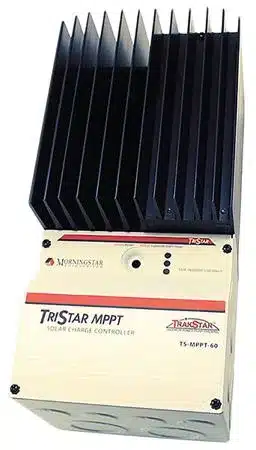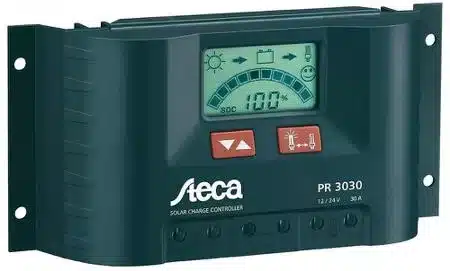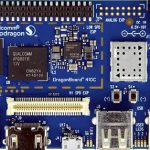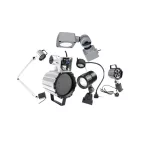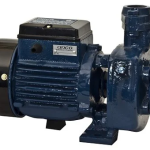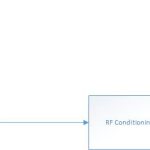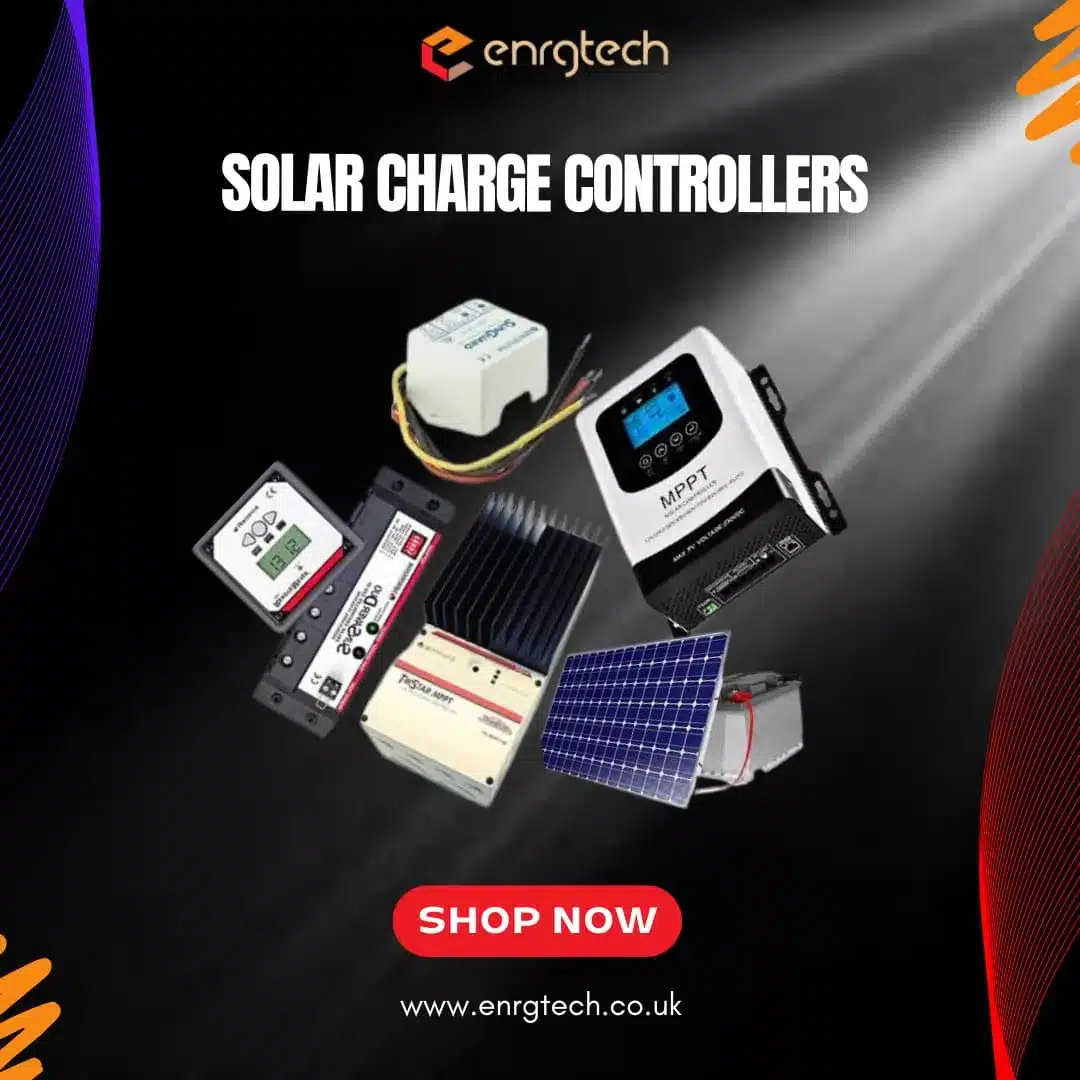
Introduction
Harnessing the ultimate power of the sun is gaining popularity to generate clean and sustainable energy. The heart of any solar power system, the solar panels and batteries, require careful management to ensure longevity and optimal performance. This is where the solar charge controller steps in, the guardian of your solar panels and batteries. This article demystifies the crucial role of these unassuming devices in safeguarding your valuable solar panels and batteries.
What is a Solar Charge Controller? Definition and Features
Solar charge controllers, also called solar regulators, are essential components in any solar power system that includes batteries. These battery chargers are designed to regulate the power flowing from your solar panels to the battery bank, serving as a bridge between them. Think of these regulators as smart gatekeepers that ensure your batteries receive the optimal charge without being overwhelmed. These charge controllers are typically placed between solar panels and battery banks and come in different ratings. Solar regulators feature LEDs or displays to indicate the charging status, battery level, and potential faults, ensuring safe and efficient charging of your batteries and maximising the overall performance of your system.
Why Protection is Crucial for Solar Panels and Batteries? A Brief Overview
Protection is crucial for both panels and batteries to ensure their longevity, efficiency, and safety. Solar panels generate varying levels of electricity depending on sunlight conditions. Without proper regulation, excessive voltage or current can damage the battery, reducing its lifespan. Similarly, solar batteries are also vulnerable to overcharging, over-discharging, and temperature fluctuations, leading to costly repairs or replacements. These issues necessitate investing in proper protection to maximise the return on investment in panels and batteries, ensuring reliable operation and minimising the risk of costly replacements or safety incidents.
How Do Solar Charge Controllers Work in a Solar Power System?
Solar charge controllers manage the electricity flow from the panels to the battery bank. Upon hitting sunlight on the solar panels, they generate DC electricity, which is then directed towards the battery system for storage. A solar charge controller steps in to regulate the voltage and current coming from the panels to ensure that the batteries charge at the right rate and do not receive more power than they can handle. Additionally, these regulators also prevent reverse current flow at night when panels are not generating electricity, thus protecting the batteries from discharging back through the panels.
Two Main Types of Solar Charge Controllers Explained
Solar regulators come in two main types: PWM (Pulse Width Modulation) and MPPT (Maximum Power Point Tracking).
PWM Charge Controllers – These are the simpler and generally less expensive options. They work by rapidly switching the connection between the solar panels and batteries. PWM solar charge controllers are effective in reducing the voltage from the solar panel, matching the battery level and reducing excess charging.
MPPT Charge Controllers – These are more sophisticated and advanced options than PWM. MPPT solar charge controllers adjust their input to capture the maximum power from the solar panels. They convert excess voltage into amperage, resulting in a faster and more efficient charging process. These regulators are ideal for larger systems with higher energy demands.
The Role of Solar Chargers in Protecting Solar Panels
Solar chargers contribute to the longevity and efficiency of solar panel systems in various ways, such as:
Avoiding Voltage Fluctuations – Solar panels can experience fluctuations in voltage output due to changes in sunlight exposure caused by weather variations or shading. A charge controller stabilises these fluctuations, ensuring that the energy supplied to batteries is within safe limits to prevent damage to both batteries and panels.
Preventing Reverse Flow – At night or in low light, current can potentially flow backwards from batteries to panels, causing damage or draining your battery bank. Solar charge controllers incorporate diodes or internal circuitry to block this reverse current flow.
Regulated Interaction – By controlling how much current is drawn from the panels, the controller ensures the panels operate within safe parameters, avoiding undue stress or potential overheating.
How Do Solar Charge Controllers Protect Batteries?
Solar panels generate power when exposed to sunlight. This electricity needs to be stored in batteries for later use. However, the voltage and current produced by solar panels can fluctuate depending on the intensity of sunlight. Directly connecting solar panels to batteries can lead to several problems, such as overcharging, over-discharging, and reverse current flow. A solar charge controller addresses these issues by acting as a smart intermediary between the solar panels and the batteries. It protects the batteries in the following ways:
Preventing Overcharging and Deep Discharge – Charge controllers are crucial in avoiding the overcharging of batteries. They detect when the battery reaches its capacity and reduce the current flow to maintain the charge without exceeding it. Similarly, they prevent batteries from being deeply discharged, thereby extending their lifespan.
Temperature Compensation – Temperature significantly affects battery performance. Some advanced charge controllers include temperature sensors that adjust charging rates based on the ambient temperature, which helps maintain battery efficiency and longevity.
Final Thoughts: Future-Proofing Your Solar Setup
Solar charge controllers are vital for the protection and efficient operation of solar panels and batteries. They extend the lifespan of these components and enhance the performance of the solar energy system. Whether you choose a PWM controller for simplicity or invest in an MPPT model for superior performance, the protection and efficiency gains are undeniable. By investing in a quality solar charge controller, you are not protecting your investment but contributing to a more sustainable energy future.






